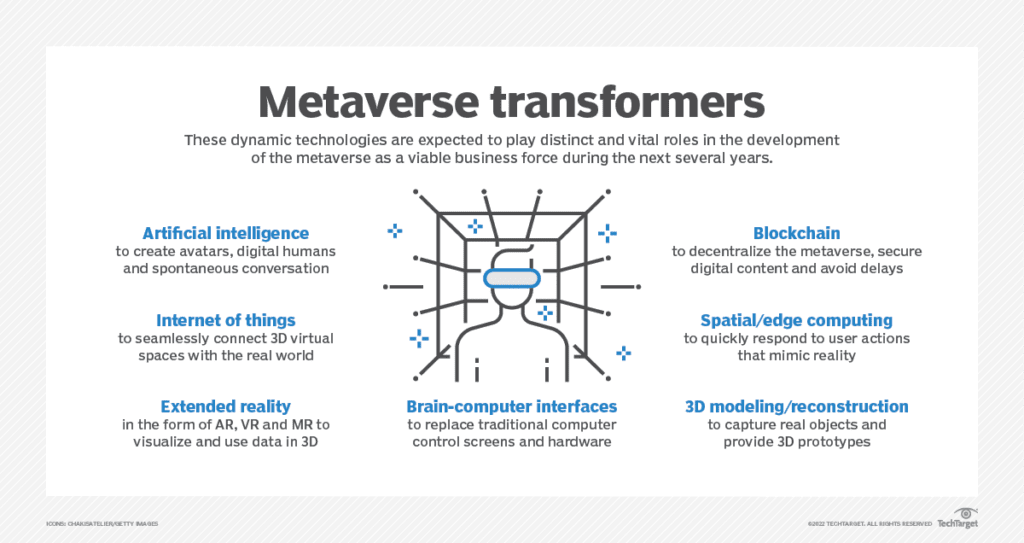Announcements
- Cloud security threats in 2023 range from data breaches and lack of cloud security architecture and strategy, all the way to insider threats and insecure interfaces and APIs. The threats are numerous, and creating and implementing a strategy to contend with them all is more complex than ever before. Join cloud security experts for a special three-day Summit where they’ll share best practices and insights into how IT security leaders can get ahead of cloud complexity and protect their businesses, customers, partners and supply chains.
- Digital transformation is essential for companies to survive and thrive among today’s volatile market and the proliferation of hybrid workforces. IT leaders need guidance on how to best digitize their environments in a way that ensures they are utilizing the right technology, and all areas of the business will reap the benefits. Join expert thought leaders for the three-day Accelerating Digital Transformation summit to hear digital transformation success stories, how advancing technologies like AI and RPA can enhance transformation efforts, and proven tips to integrate these new practices.

Layoffs in the Work From Home Era
Pink slips seem to be in vogue again. After more than a year when companies couldn’t seem to hire fast enough, many of them are now shifting gears and letting go of vast tranches of employees in reaction to a slowing economy. This is the typical response on Wall Street when profits begin dropping – reduce headcount accordingly.
The philosophy behind such layoffs dates back to the era of manufacturing, when a significant portion of economic GDP was due to the physical production of goods. At the time, there was a fairly clear one-to-one association between total number of “line” employees and the number of goods produced. When too much inventory built up in the warehouse, you’d furlough workers until you reached a point where production dropped to meet demand again. On the other hand, when demand rose, you hired new workers.
In the 1970s, things began to change, both because of the advent of computer automation and because investors noticed that when demand dropped and headcount was reduced, the release of those workers’ salaries usually netted a profit that would be passed on to investors as dividends. As a consequence, even as the economy began to shift first to a services model and then to a knowledge economy, established wisdom determined that when a recession was imminent, headcount should be reduced in order to keep dividends up.
Ironically, this established wisdom is increasingly becoming the worst thing a company can do in response to slowing economic conditions. There are several significant reasons for this:
Decoupling of Production From People
In a factory, the decision to lay off employees typically came down to canceling less productive lines. Because different lines tended to run in parallel, such layoffs often made the company more efficient. However, the correlation between people and product lines is far less evident than it may have been five decades ago, and a given person may be fairly integral to several different products – a natural consequence of the increasing specialization required in today’s business environment.
The Disappearance of Geofencing
The Pandemic clearly illustrated that people could work perfectly well without going into an office. Still, one consequence is that those same people are no longer restricted to the 45-minute window that makes up the typical commute in terms of where they work. Instead, this range has increased to around four time zones in either direction. This means that once a company releases those workers, most of them will not be available again when the economy improves and the company needs to rehire skilled workers. It’s worth noting that within a few days of Twitter announcing mass layoffs, other companies were busy snatching up disgruntled former Twitter employees.
Diminishing Labor Participation Rates
Additionally, most advanced countries are now facing chronic labor shortages as birth rates set in for a long-term (twenty years or more) decline. Graduation rates at universities are declining; countries are beginning to offer birth incentives; Baby boomers and GenXers are retiring at a furious pace. All these mean fewer skilled workers moving forward, which translates to escalating future salaries.
In media res,
Kurt Cagle
Community Editor,
Data Science Central
DSC Editorial Calendar: November 2022
Every month, I’ll update this section with many topics I’m especially looking for and are more likely to be featured in our spotlight area. If you are interested in tackling one or more of these topics, we have the budget for dedicated articles. Please contact Kurt Cagle for details.
- ESG (Environment-Social-Governance)
- Digital Privacy
- The Electric Economy
- VUCA (Volatility-Uncertainty-Complexity-Ambiguity)
- Labeled Property Graphs
- Inferential Machine Learning
- Geospatial Data
- Drone Traffic Control
- Linguistic Intelligence
- Ethical AI
If you are interested in posting something else, that’s fine too, but these are areas that we believe are hot right now.



